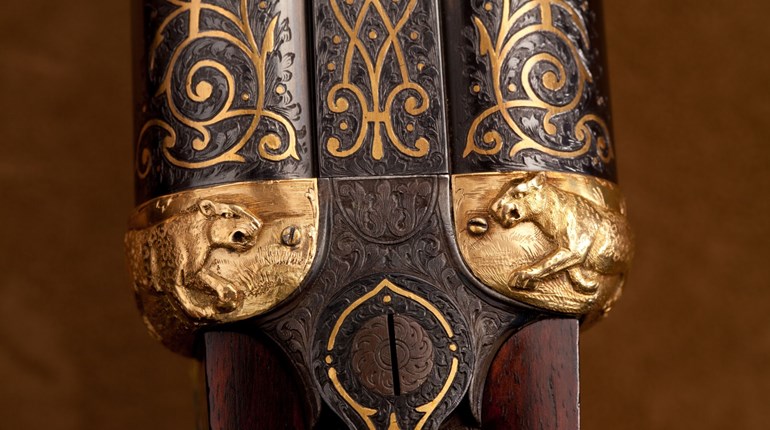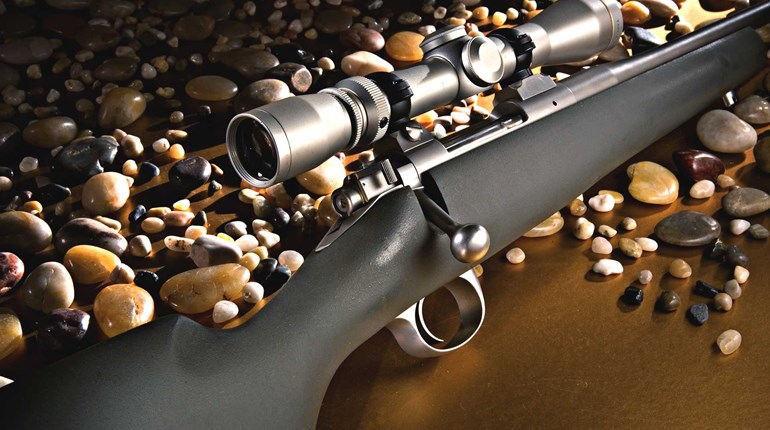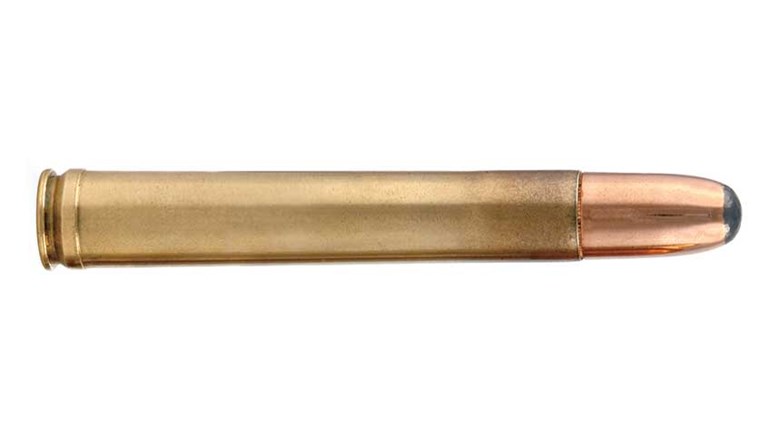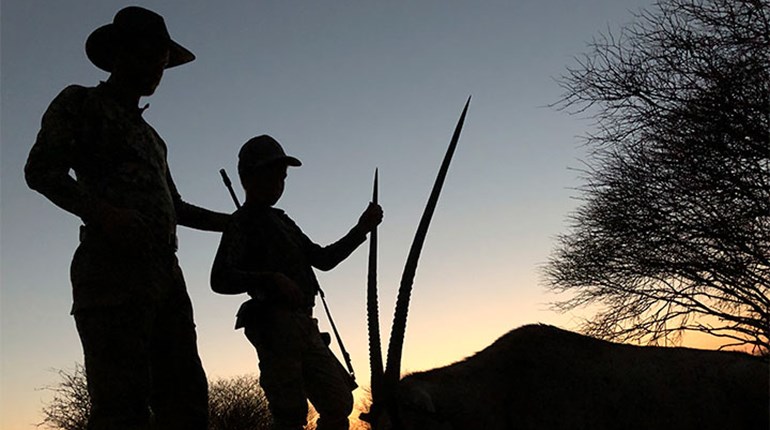
 Sunday afternoon, after arriving at Panorama, PH Jamy Traut's base camp in central Namibia, we took off to look for leopard tracks. As luck would have it, we found a set just down the dry, dusty road from our tents. Jamy and his two trackers, Harold and Peter, agreed the tracks were from the previous night. They looked good size to me, but Jamy knew of the whereabouts of another cat, farther east in a line of low mountains, which he said was much larger.
Sunday afternoon, after arriving at Panorama, PH Jamy Traut's base camp in central Namibia, we took off to look for leopard tracks. As luck would have it, we found a set just down the dry, dusty road from our tents. Jamy and his two trackers, Harold and Peter, agreed the tracks were from the previous night. They looked good size to me, but Jamy knew of the whereabouts of another cat, farther east in a line of low mountains, which he said was much larger.
It wasn't long before Harold picked up the tracks of the leopard at the new location. Time to set up shop on this big boy. As daylight faded, Harold and Peter hung a zebra hindquarter from a tree by wiring it to the trunk. Jamy prefers zebra for leopard bait, because, he says, "Once they get a taste of that good yellow fat, they can't resist. They'll keep coming back."
Surprisingly, the trackers hung the bait low, only about 3 feet above the ground. Jamy said the purpose of this bait is to serve as an attractant, for both leopard and other predators like hyena, which will in turn draw the attention of a cat. Once the leopard starts feeding on the hunk of zebra, we'll move it to a proper bait tree nearby that will afford a good blind setup.
Another PH is also hanging baits in the rock-covered mountains to the west of Panorama. The more baits hung, the better the chance of a leopard finding one.
Today our plan is to shoot some plains game and use the innards as another attractant. We'll drag them around the tree in which the bait is hanging to spread scent throughout the area. Lots of dead animal scent in the air will improve the chances of the leopard finding the tree. Baiting leopard is quite a process.





































